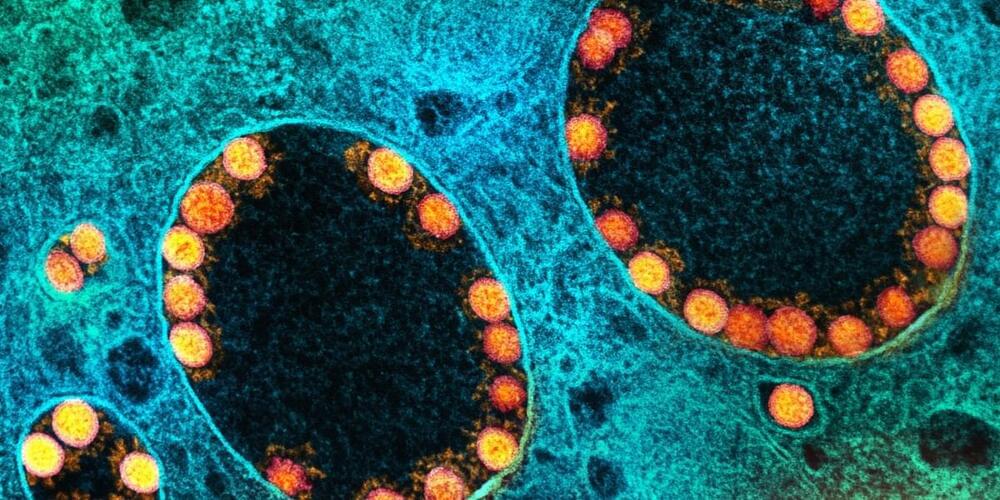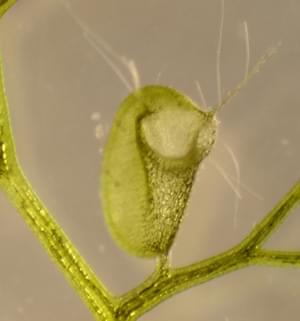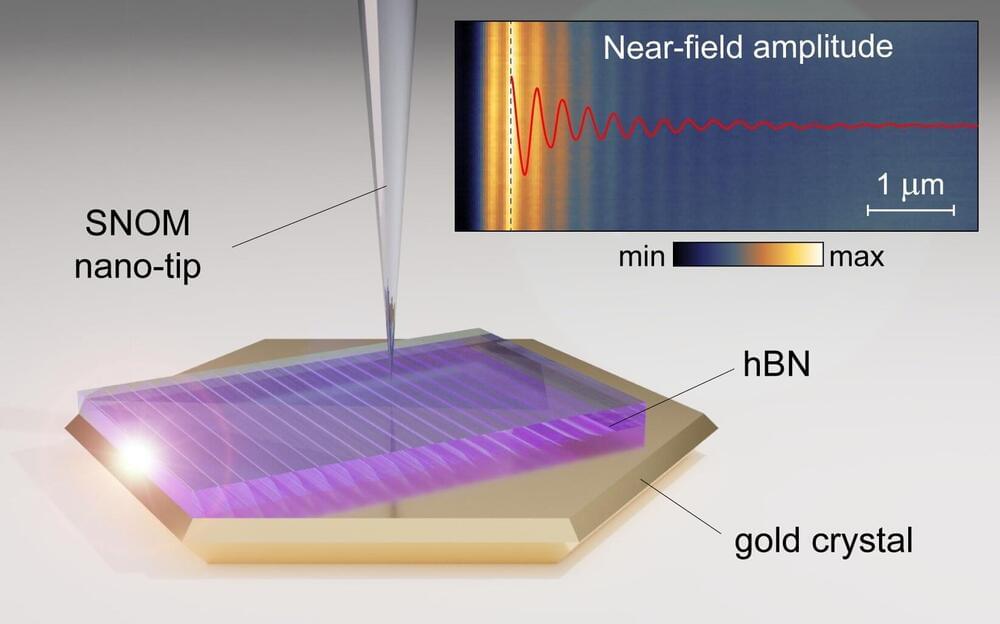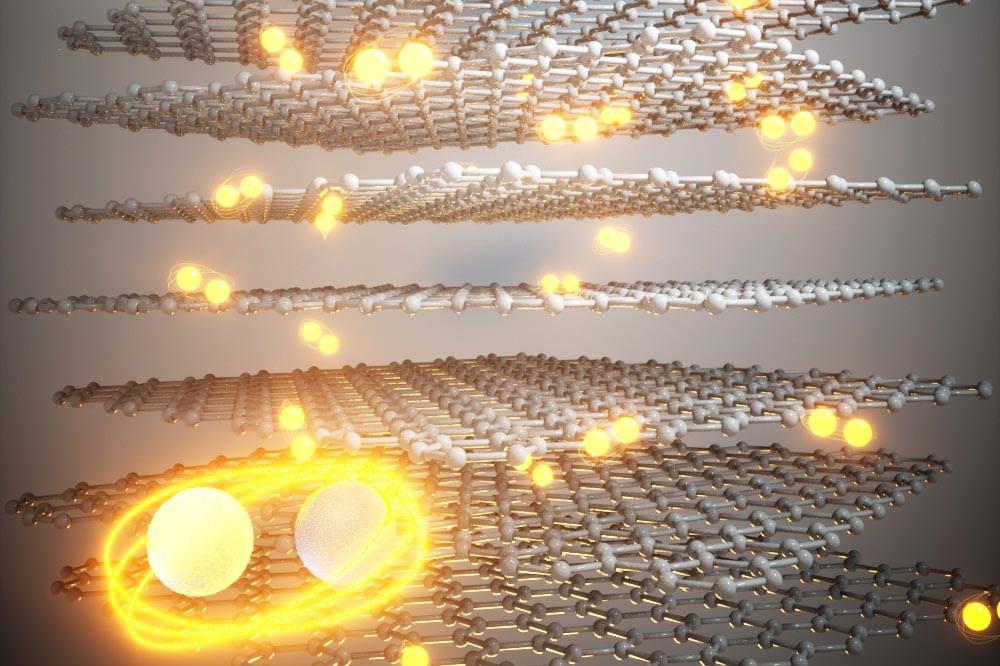Jul 14, 2022
Major step forward in fabricating an artificial heart, fit for a human
Posted by Kelvin Dafiaghor in categories: bioengineering, biotech/medical
Because the heart, unlike other organs, cannot heal itself after injury, heart disease—the top cause of mortality in the U.S.—is particularly lethal. For this reason, tissue engineering will be crucial for the development of cardiac medicine, ultimately leading to the mass production of a whole human heart for transplant.
Researchers need to duplicate the distinctive structures that make up the heart in order to construct a human heart from the ground up. This involves re-creating helical geometries, which cause the heart to beat in a twisting pattern. It has long been hypothesized that this twisting action is essential for pumping blood at high rates, but establishing this has proven problematic, in part because designing hearts with various geometries and alignments has proven difficult.
















